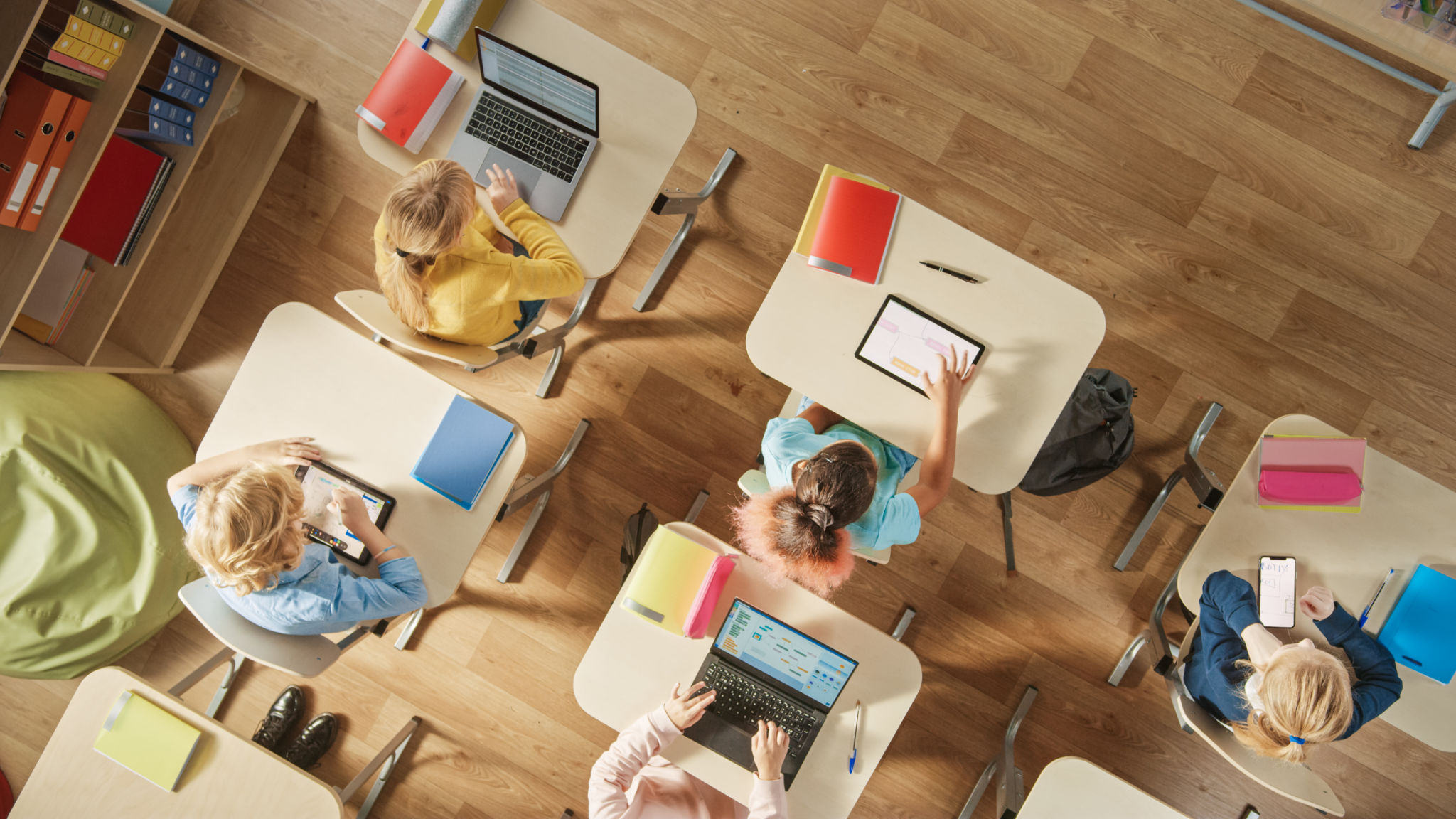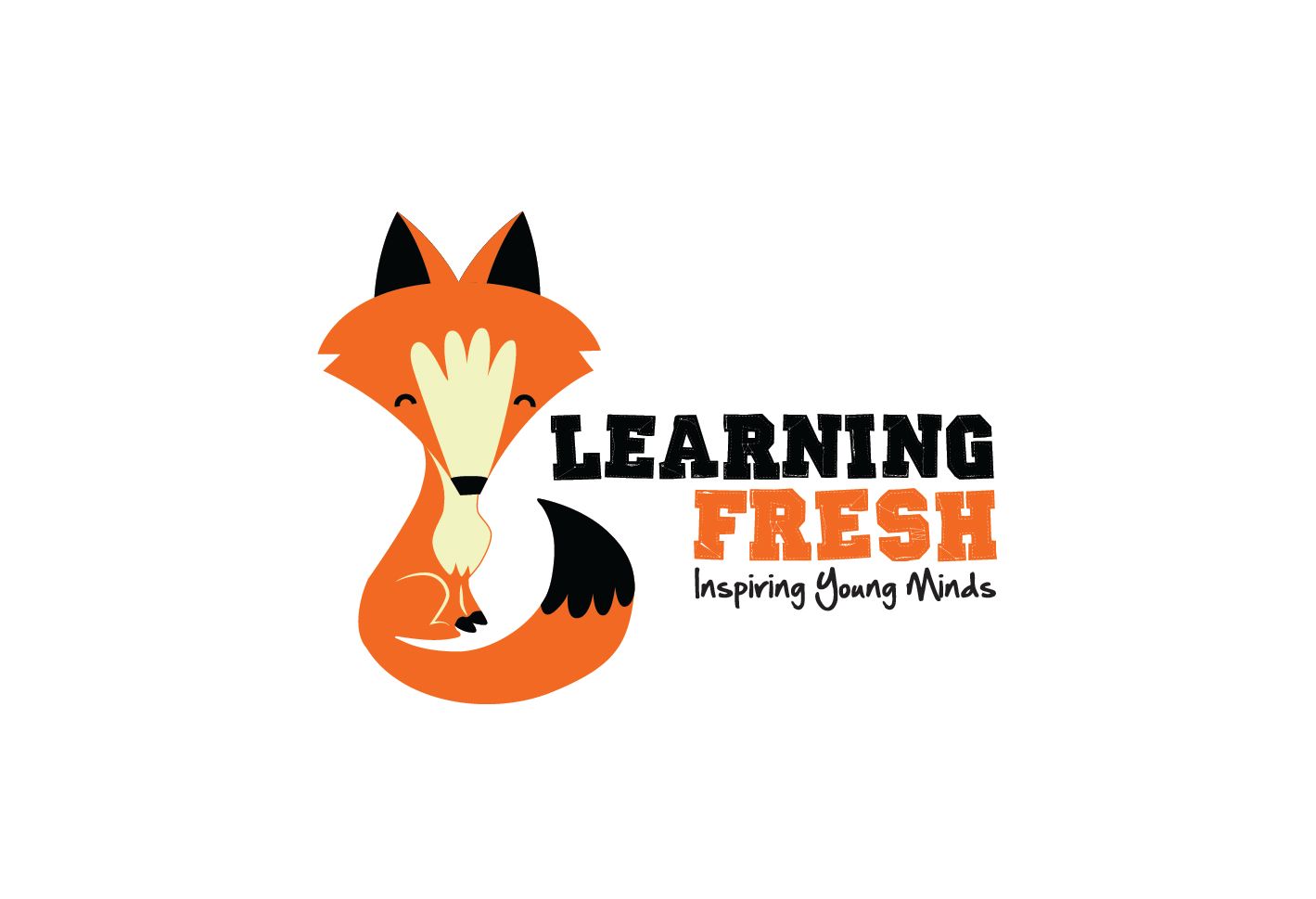Integrating Technology in the Classroom: A Step-by-Step Guide
Understanding the Importance of Technology in Education
The integration of technology in the classroom has become increasingly vital in modern education. By leveraging digital tools, educators can enhance learning experiences, personalize instruction, and better prepare students for a tech-driven world. Technology fosters engagement, collaboration, and innovation, making it an indispensable part of today’s educational landscape.

Assessing the Current Technological Landscape
Before integrating new technology, it's crucial to evaluate the existing infrastructure. Schools should assess their current technological capabilities, including hardware, software, and internet connectivity. This assessment helps identify gaps and areas for improvement, ensuring a smoother transition when implementing new tools.
Identifying Educational Goals
Setting clear educational goals is essential for successful technology integration. Educators should determine what they aim to achieve with technology, whether it’s boosting student engagement, improving learning outcomes, or facilitating remote learning. These goals will guide the selection of appropriate tools that align with curricular objectives.
Selecting the Right Tools and Resources
With a plethora of educational technology tools available, choosing the right ones can be daunting. It's important to select tools that are user-friendly and align with your educational goals. Consider platforms that offer interactive learning experiences, such as educational apps, online simulations, and collaborative software.

Training Educators and Staff
A critical step in integrating technology is providing training for educators and staff. Comprehensive training ensures that everyone is comfortable using new tools and understands how to incorporate them into their teaching strategies. Workshops, webinars, and ongoing support can help educators maximize the potential of technology in their classrooms.
Implementing Technology in Daily Lessons
Once equipped with the right tools and training, it's time to implement technology in daily lessons. Integrating digital resources such as interactive whiteboards, tablets, and online platforms can transform traditional teaching methods. Teachers can utilize multimedia presentations, virtual field trips, and gamified learning to enrich their lessons.
Overcoming Challenges
Integrating technology isn't without its challenges. Common obstacles include budget constraints, resistance to change, and technical issues. To overcome these challenges, schools should develop a strategic plan that includes allocating resources, addressing teacher concerns, and setting up technical support systems.

Evaluating and Adapting
Continuous evaluation is key to successful technology integration. Schools should regularly assess the effectiveness of technological tools in meeting educational goals. Gathering feedback from teachers and students can provide valuable insights into what works and what doesn't, allowing for necessary adjustments and improvements.
The Future of Technology in Education
As technology continues to evolve, so too will its role in education. Emerging technologies like artificial intelligence and virtual reality hold great potential for further transforming learning experiences. By staying informed and adaptable, educators can ensure that their classrooms remain dynamic and future-ready.
